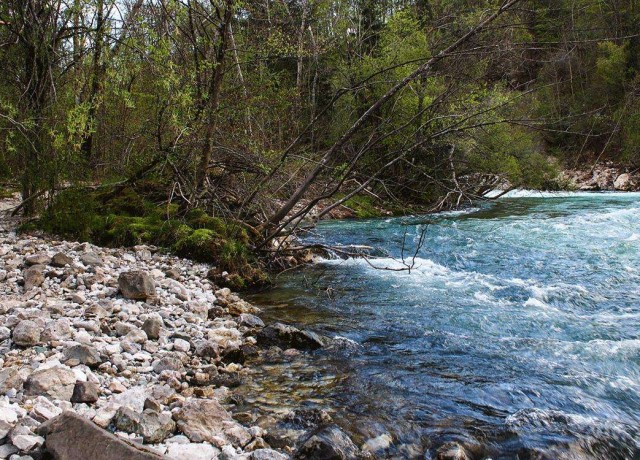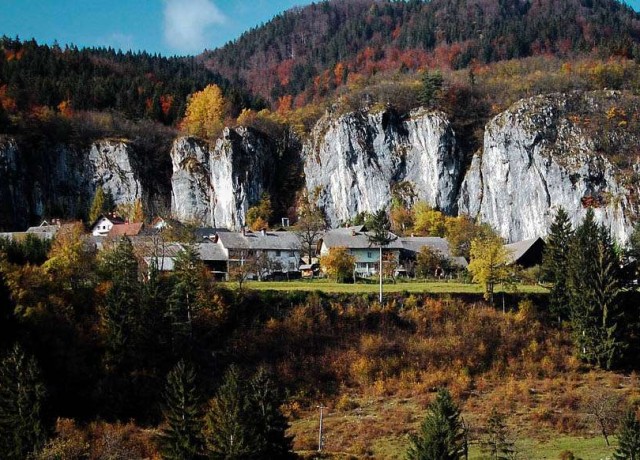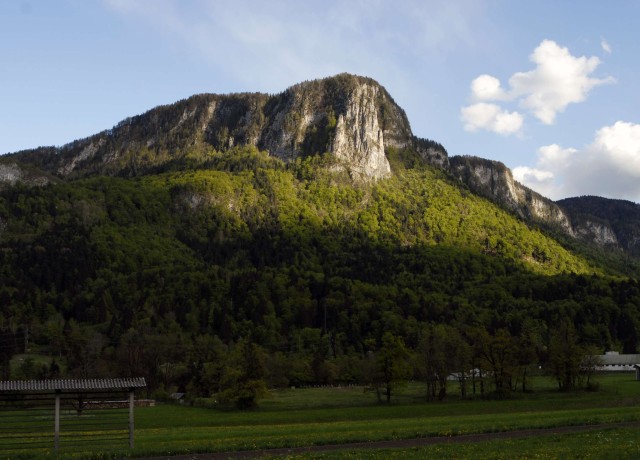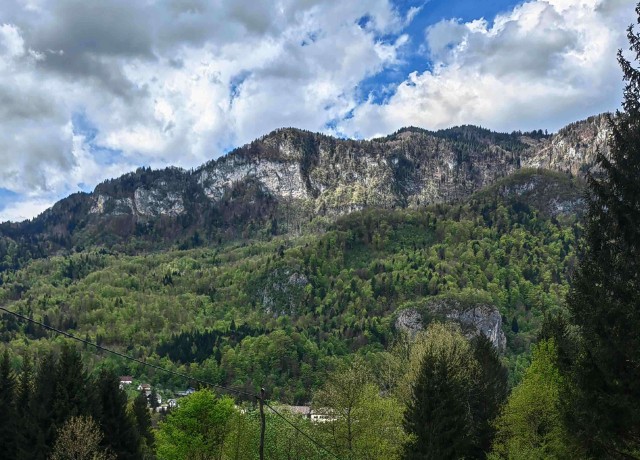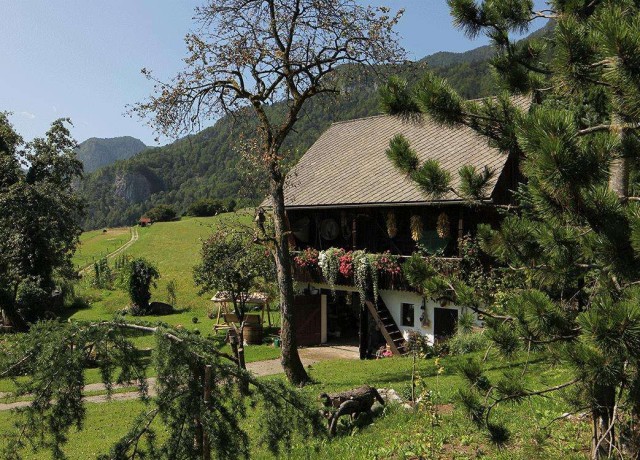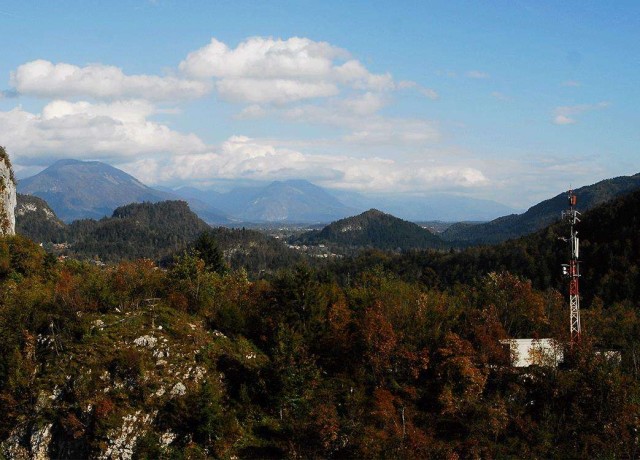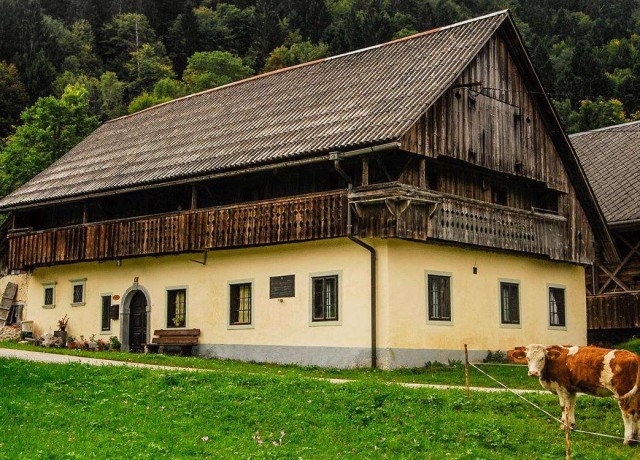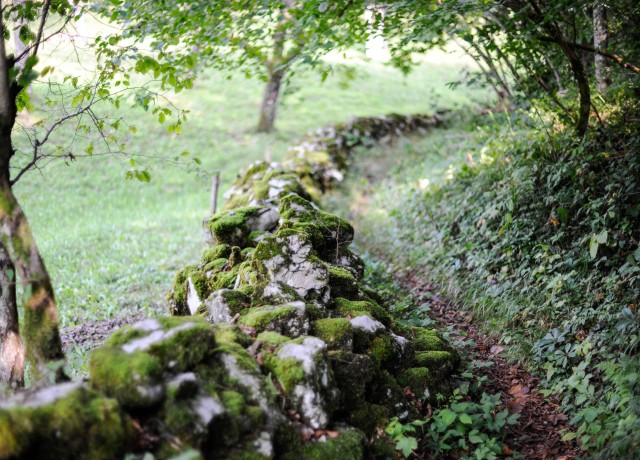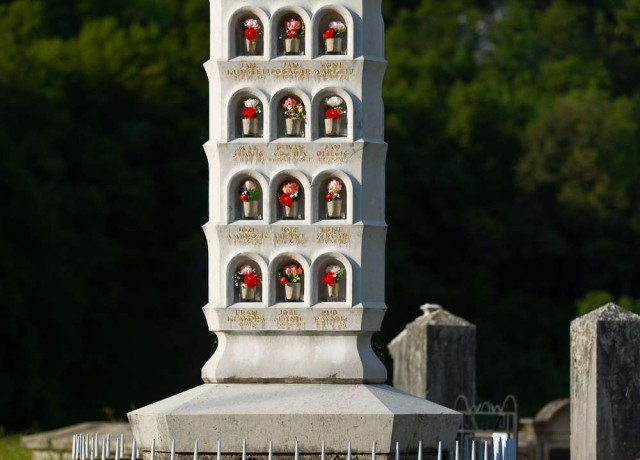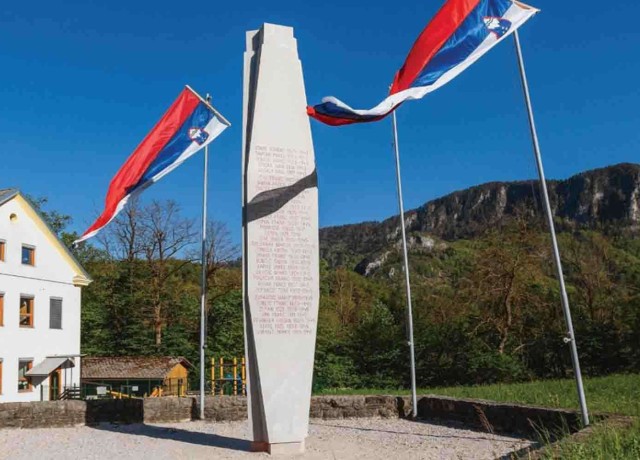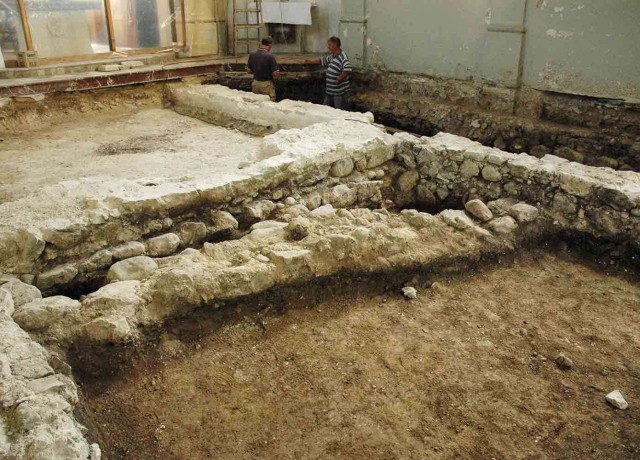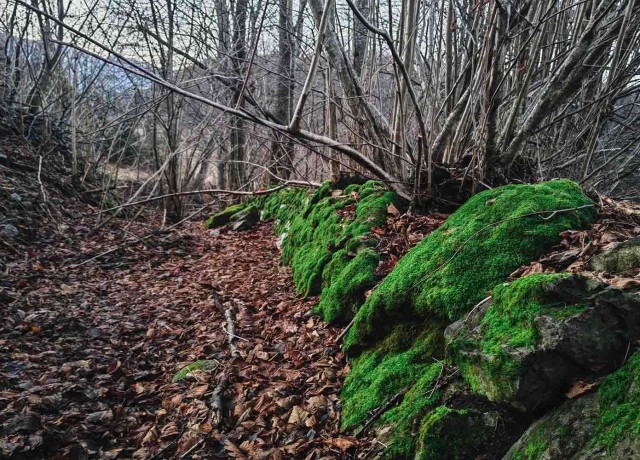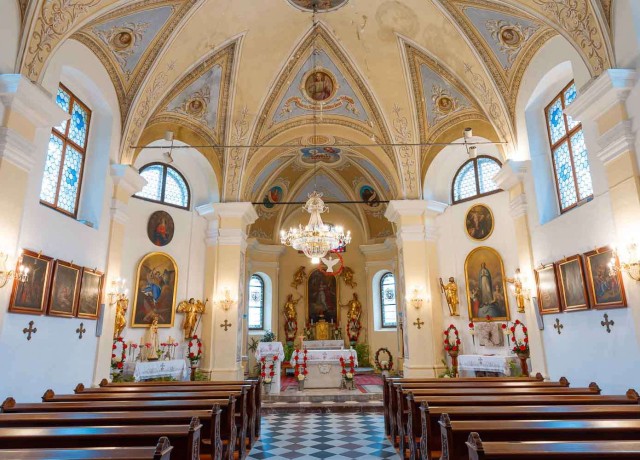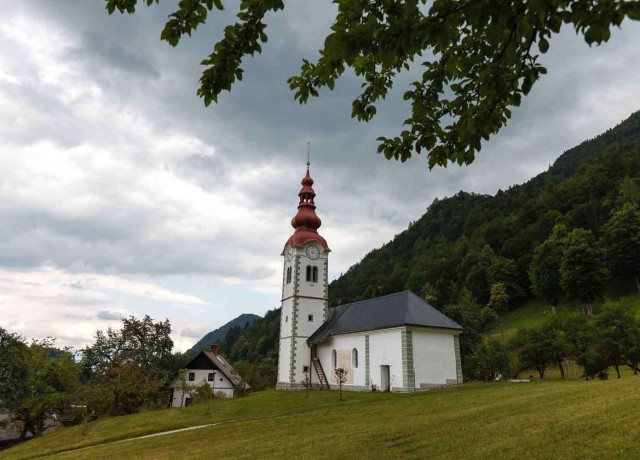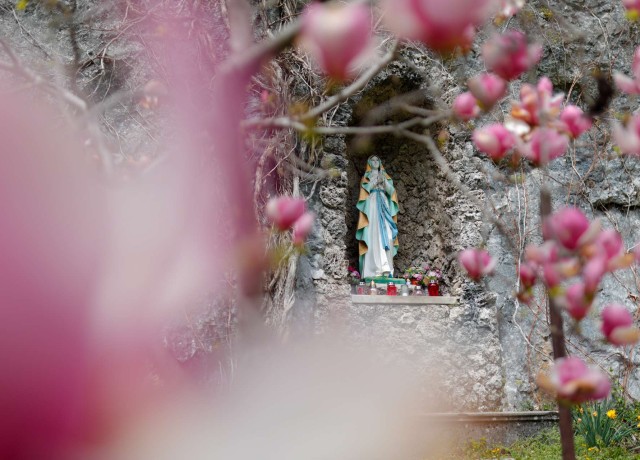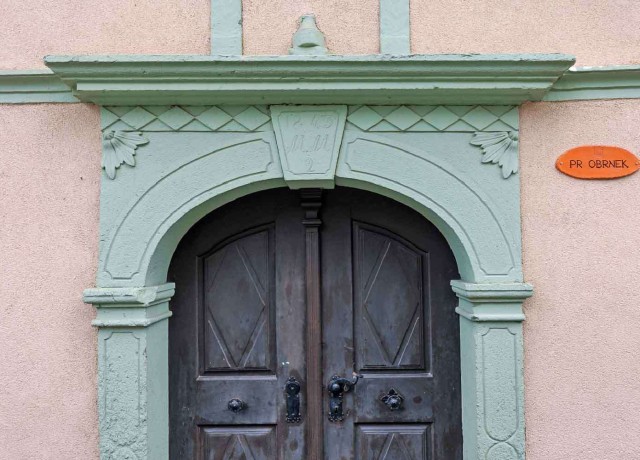On the northwestern edge of the Jelovica plateau, a 300 metre cliff rises above the valley of Sava Bohinjka and the villages of Bohinjska Bela and Kupljenik. In the middle of that cliff, a sharp and picturesque rock, called Babji Zob (Hag's tooth), rises to the sky. In the vicinity of that rock, at an altitude of 1008 metres above sea level, the entrance to a cave awaits. The 300 odd metres of underground gallery are decorated by dripstone formations, among which calcite crystals can be seen. Helectites, the snail-shaped dripstones, are particularly valuable, as they are very rare in Slovenia, as well as elsewhere.
